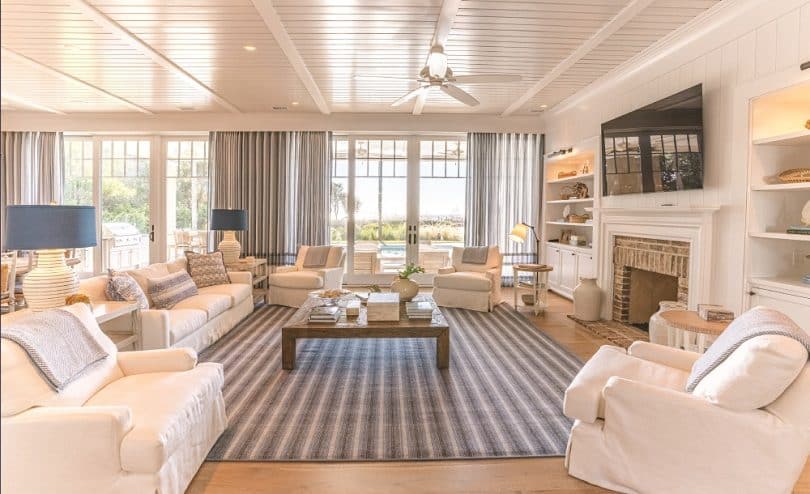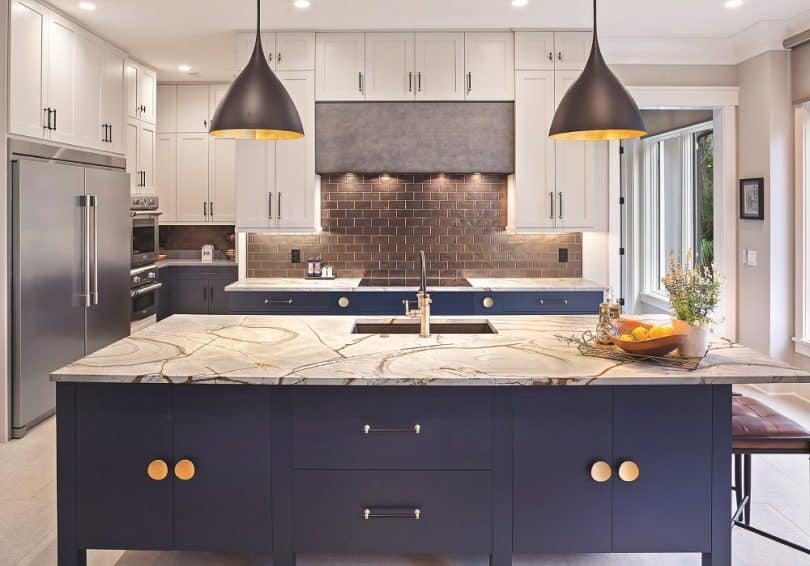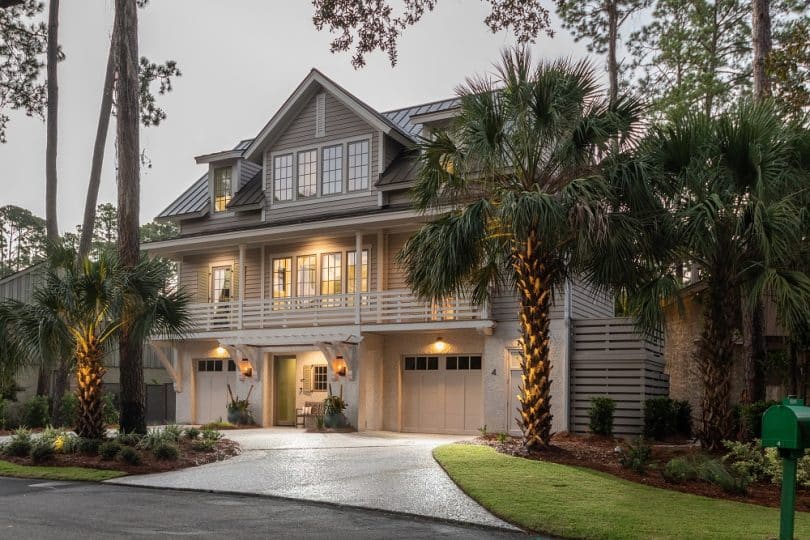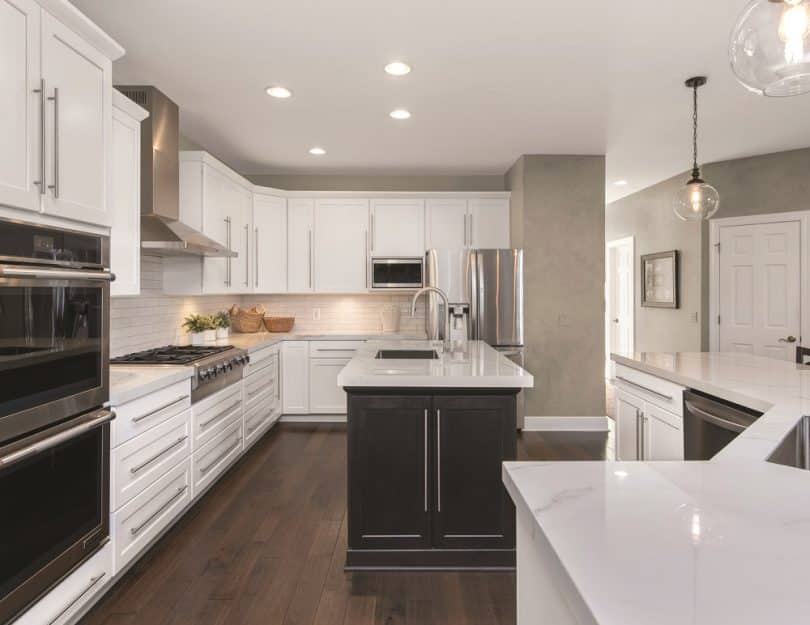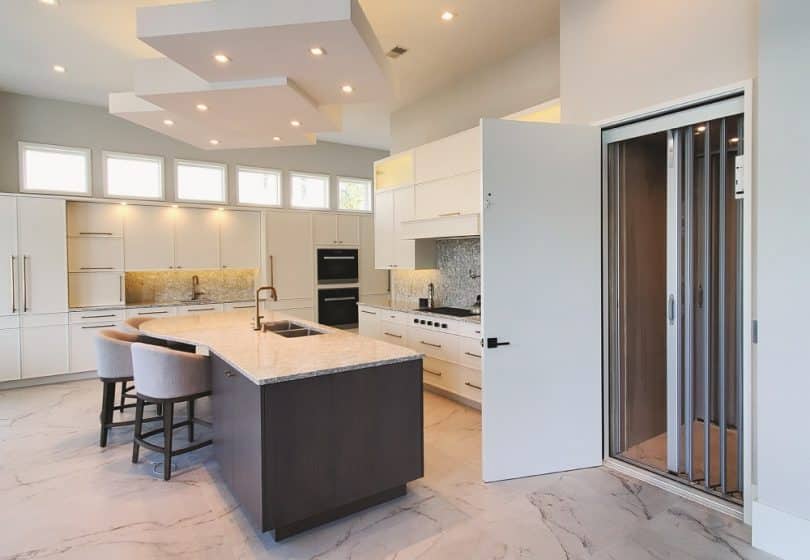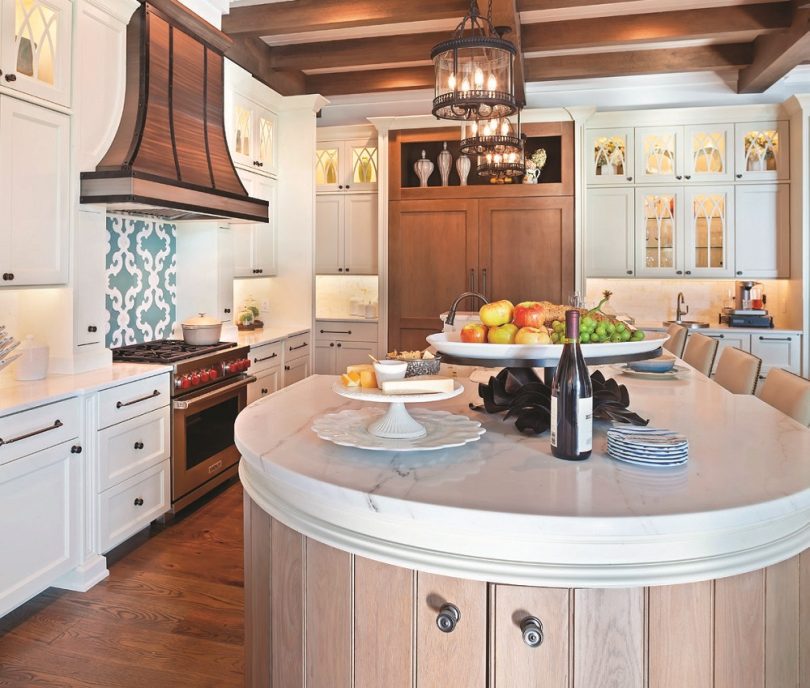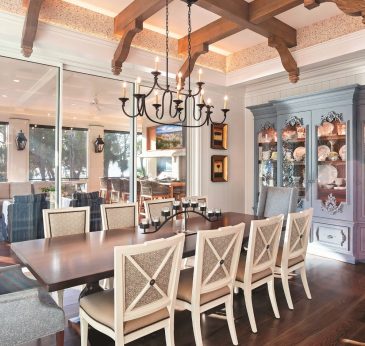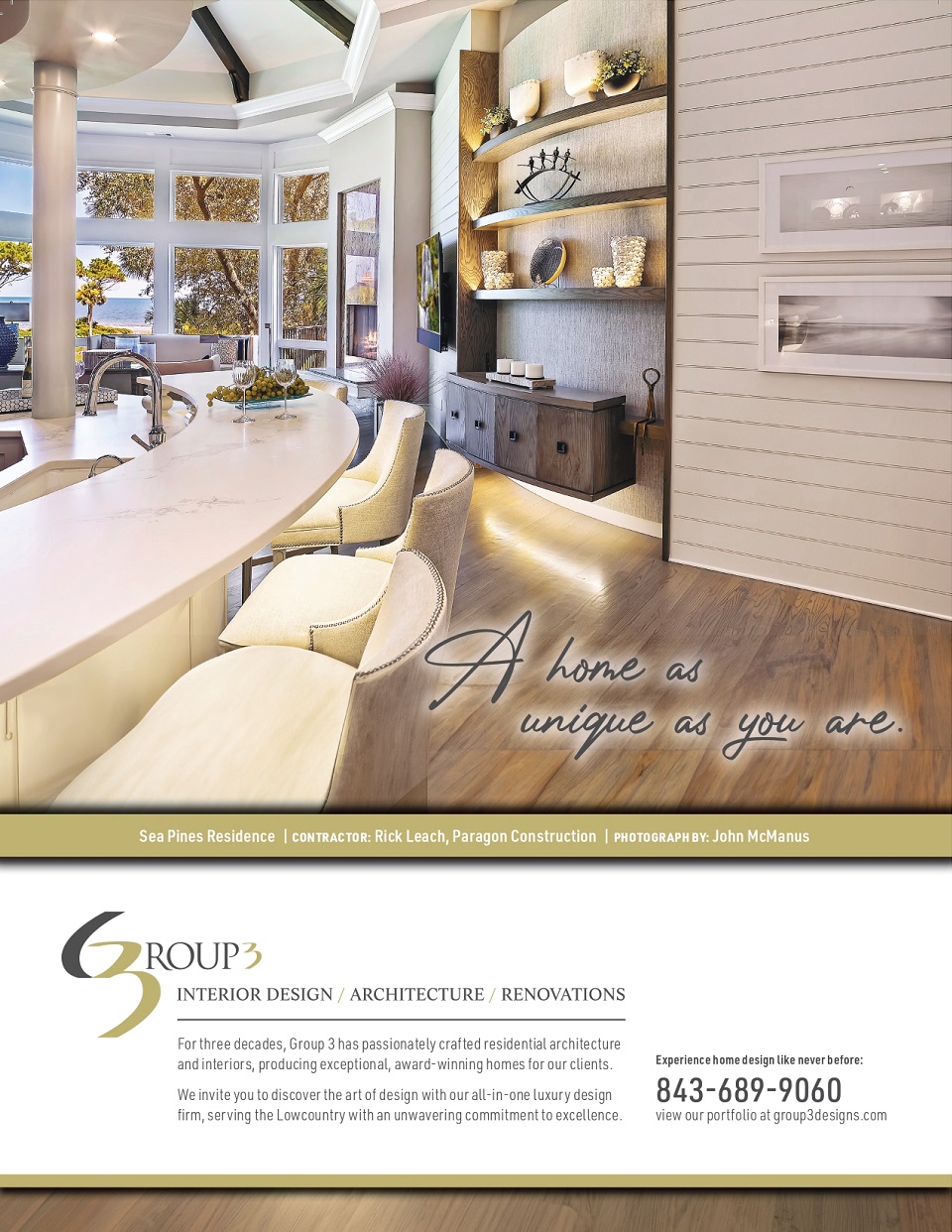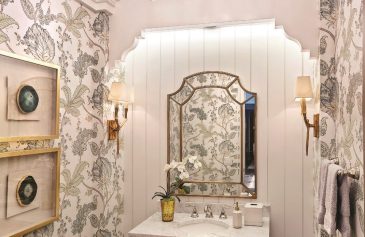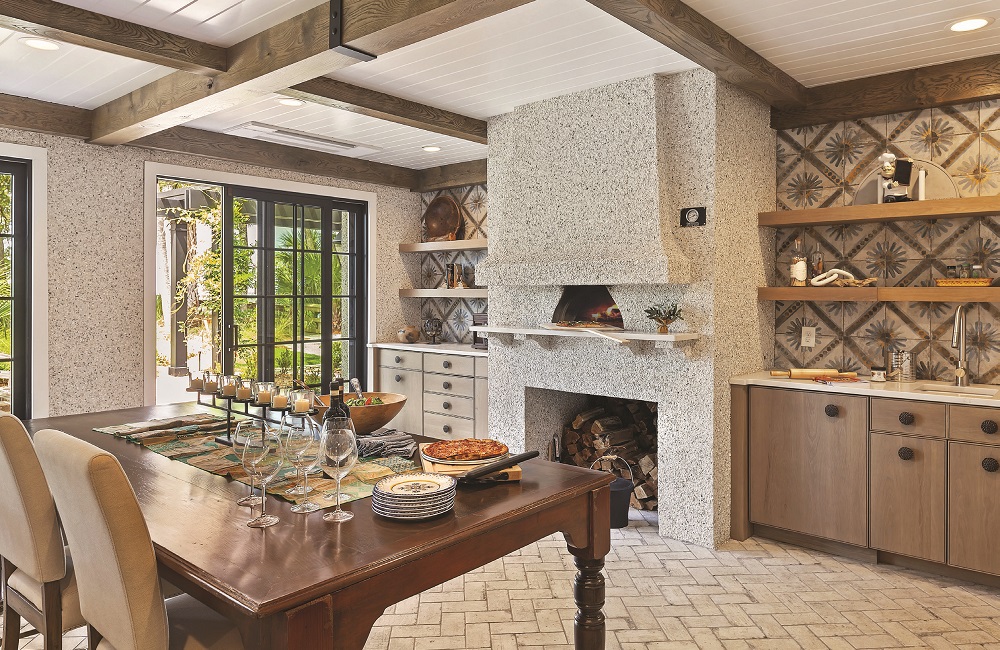Elevate Your Home With Creative Interior Architecture
When you think of interior home design, usually your mind goes to stylish furniture or color palettes that resonate with your personality. While these elements undoubtedly play a significant role, there’s an underlying architectural aspect that often goes unnoticed but is crucial in creating a harmonious living space. That element is interior architecture.
Interior architecture, often referred to as interior design with structural integrity, focuses on the design and organization of an interior space. Put simply, architecture itself creates the house plans and rooms within. Interior architecture is what gives homes character and displays certain areas of importance – typically only using a few base elements, but taking those elements to their full potential and creating a sense of character, style, and interest in a room. These elements of interior architecture can span vastly, but in this case, we want to uncover how millwork, ceiling plans, cabinetry, and windows and doors can elevate a home significantly.
ABOVE Take advantageof ceiling spaces to createcharacter and establish aroom’s overall ambiance.Beams are often a neces-sity in a large open space,so why not make theman interesting designelement?
MILLWORK
Millwork and moulding details include everything from baseboards and casings to crown, wall paneling, and beyond. In essence, millwork is much more than just a chair rail or the baseboards in a home. Not only can it help define and mould spaces, but it can also help to differentiate rooms or tie them together, especially in the case of an open floor plan. Although many farmhouse-style lovers think of millwork as simply adding shiplap to a wall, it’s so much more than that. These details help to create a focal point in a room or highlight special features of the architecture that makes the room truly unique.
CEILING PLANS
Using elements at the top of a space can help succinctly define its character and style, and are crucial in establishing a room’s feel. Features like beam work can immediately transform a space from boring to unique and interesting. In many cases, beams are added because of structural necessity. This home’s living room included a structural steel beam necessary to make the room structurally sound. The steel beam was wrapped with woodwork, and added more beams around to create an intentional and seamless look. This also added a tremendous amount of visual interest to the room itself.
Other ceiling plan features that can be used are creative wood work, moulding, and raised shaped ceilings. Using design elements like corbels at points of beams can also create a sense of elevated elegance in a space such as a formal dining room.
LEFT This bathroom designed by Group 3 Designs makes use of millwork and moulding details to create a dimensional focal point in a small space.
CABINETRY
Cabinetry can be used to seamlessly tie into other interior elements throughout a home, creating a cohesive look. Oftentimes, cabinetry used in a kitchen or a mud room will intersect the existing crown molding, so it’s imperative that the styles coordinate and don’t compete with one another.
DOORS AND ENTRANCE WAYS
To master the art of interior architecture, you must consider the flow of movement in a room, ensuring that it’s intuitive and convenient. This includes factors like the placement of doors and windows to optimize traffic flow and usability. Aspects like trim and millwork are often centered around windows and doors.
Essentially, interior architecture is the foundation upon which all other interior design elements begin. A well-executed interior architecture design can transform a house into a home, a space into an experience, and an ordinary interior into something more extraordinary.



